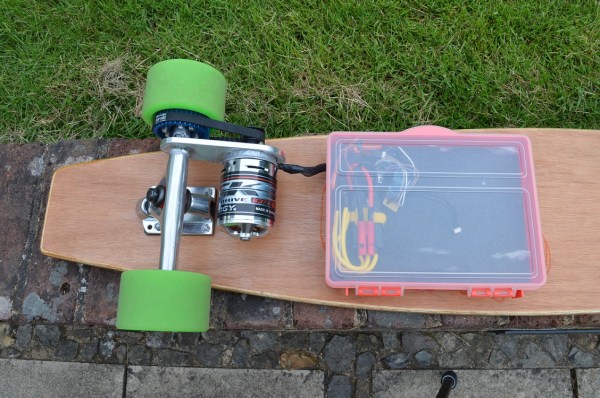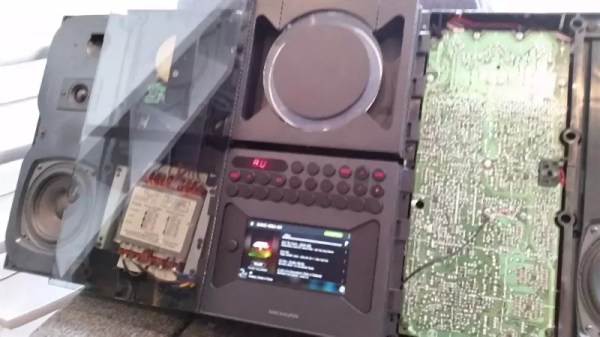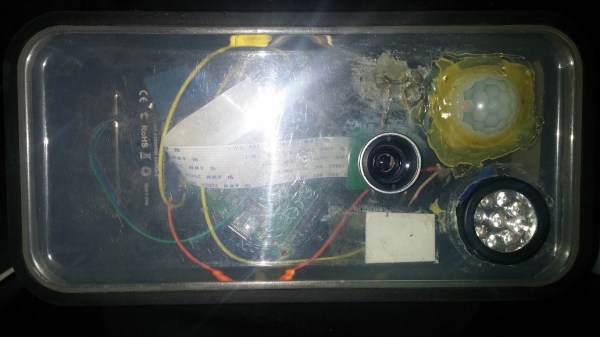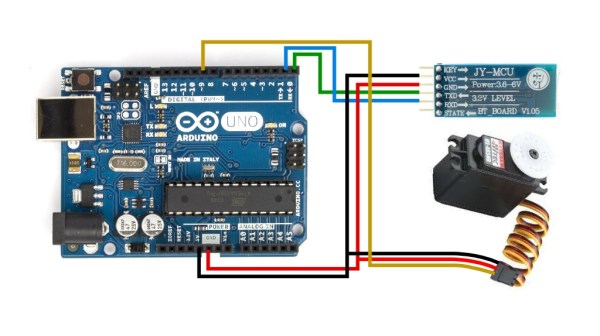A few years ago, someone at Lenovo realized they could take an Android tablet, add a keyboard, and sell a cheap netbook that’s slightly more useful than a YouTube and Facebook machine. Since then, Lenovo has stopped making the A10 notebook and has moved on to manufacturing Chromebooks. That doesn’t mean this little Laptop doesn’t have some life left in it: it still has a Cortex A9 Quad core CPU, is reasonably priced on the ‘defective’ market, and can now run a full-blown Linux.
When the A10 notebook was released, there was a statement going around saying it was impossible to install Linux on it. For [Steffen] that was a challenge. He cracked open this netbook and took a look around the Flash chips. There were two tiny pads that could be shorted to put the device in recovery mode, and the entire thing can be booted from a USB stick.
[Steffen] ran into a problem while putting a new kernel on the netbook: there was a null pointer reference in some device during boot. The usual way of diagnosing this problem is to look at the console to see what device failed. This netbook doesn’t have a UART, though, and [Steffen] had to use an FTDI chip and set the console to USB to see why this device failed.
Just about everything on this tiny laptop works right now, with a few problems with WiFi, webcam, and standby mode – all normal stuff for a putting Linux on a random machine. It’s worth it, though: the quad-core ARM is a very good chip, and [Steffen] is running x86 apps with qemu. Not bad for something that can be found very, very cheap.

















